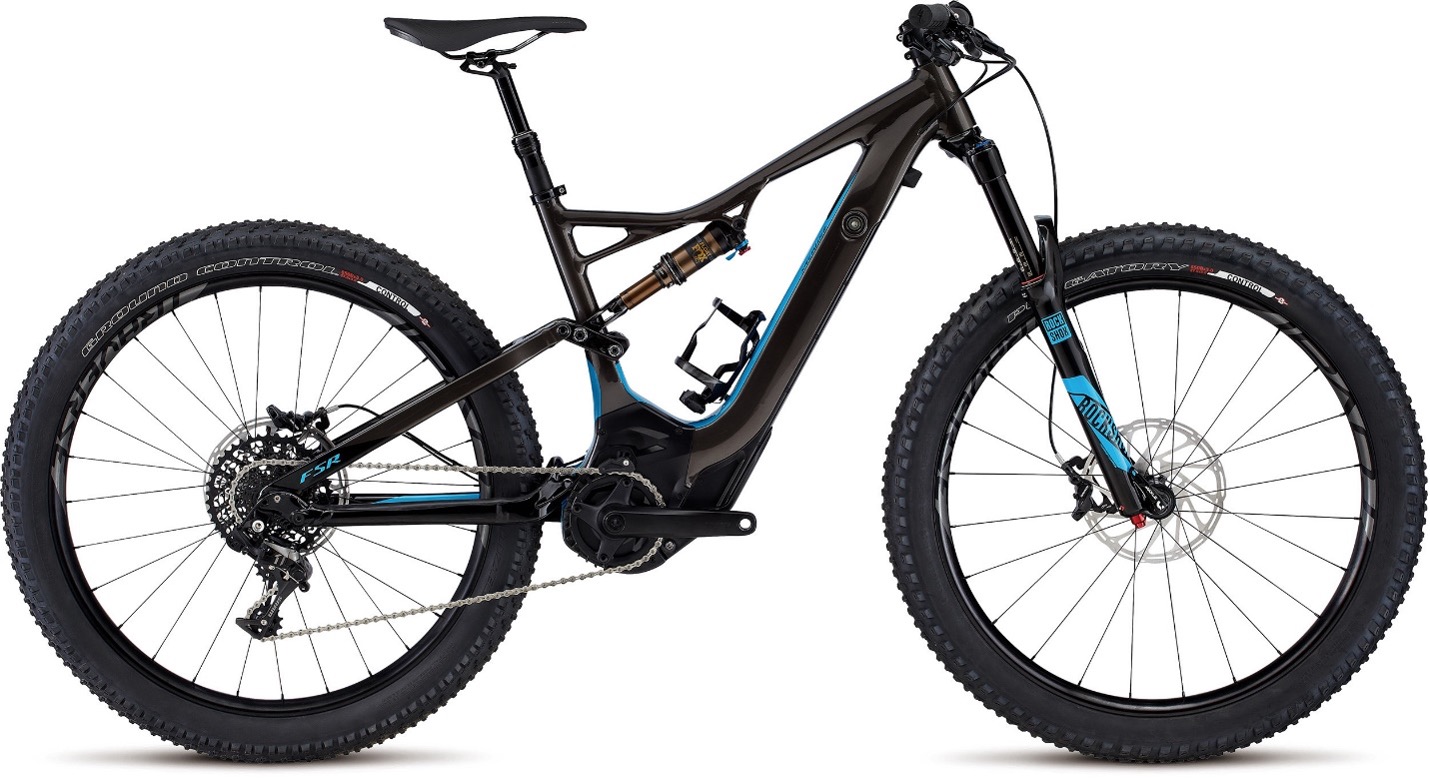Incorrect. Specialized also offers a 48 V/240 W motor on its SL line.
The reasons of the 250 W nominal (and up to, say, 565 W peak power) with maximum 4x Rider's Boost Factor are:
- The European Union being the biggest e-bike market in the world (outside China)
- The Euro regulation requiring a regular e-bike (treated equally with traditional bicycles) be limited to 250 W nominal
- The Euro regulations also read "not more than 48 V"
- A widely accepted industrial rule (in Europe, not in China of course) that the bike assistance shall not exceed the human power more than 4 times (otherwise it is a moped or a motorcycle)
- No throttle, pedalling only
- A less powerful e-bike can be more lightweight
- In case of mid-motors, a 250 W nominal, 85-90 Nm motor is more than enough for either fast ride on the flat or steep climbs.
Interestingly, Stromer is a Swiss brand but it conforms to Euro rules, except they make 45 km/h (28 mph) e-bikes allowed both in Switzerland and the United States.
The reason Specialized has opted for 48 V in the lightweight less powerful SL line is the 48 V battery of capacity of 320 Wh will be as long as the e-bikes bottom frame tube but actually very slim, giving SL e-bikes a stealthy look.
No, it is the domain of the mass produced Chinese cr*pware.
Certainly you can ask Zen E-Bike in Canada to build such an e-bike for you. With a Chinese motor of course

(Zen also builds e-bikes based on Bosch system, which is Euro).
